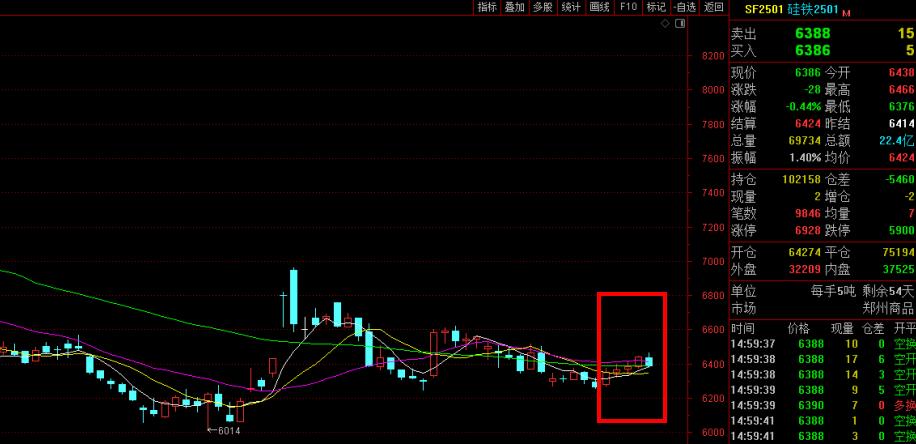[Ferro-Alloys.com] Shares in miner and trader Glencore fell as much as 3.5% today after 2023 production guidance across all the commodities it mines missed consensus estimates.
The company gave guidance towards copper production of 1.04 million tonnes in 2023, down from 1.06 million this year and compared to a consensus of analysts at 1.124 million tonnes.
"Today's release will drive a material rebasing of investors expectations," Tyler Broda at RBC Capital said.
"Higher costs, higher capex and lower production were all expected by the market, but the numbers have come in behind our below consensus forecasts and we expect will materially reduce consensus free cash flow estimates."
Glencore expects 2022 EBITDA (earnings before interest, tax, depreciation and amortization) at $28.7 billion and free-cash-flow at $14.7 billion.
Shares recovered slightly and were last trading down 1.7%, still underperforming peers.
The company said copper production at its Katanga mine in the Democratic Republic of Congo was affected by issues with slope movements and structures, grid power instability and also higher volumes of acid-consuming ore. Roughly 20% of total copper output comes from the mine.
"It's been a challenging year at Katanga, and disappointing in terms of output, but a lot of excellent work has been done to address the issues that impacted us," said Peter Freyberg, Glencore's head of industrial assets at the annual investor day.
Glencore also mines and trades nickel, zinc, cobalt, coal and ferrochrome.
Profit from its trading division, which reached a record $3.7 billion in the first half, well above a long-term annual outlook between $2.2 billion and $3.2 billion, is expected to total $5.3 billion in 2022, partly due to shortages during protracted Covid-related lockdowns and the war in Ukraine.
The company on Tuesday guided to an adjusted EBITDA for the marketing business at $3.1 billion in 2023.
Glencore's shareholders reaped an $8.5 billion windfall for 2022, but the prospect of a global recession and doubts over huge amounts of economic stimulus in China, the world's biggest user of raw materials, could affect future returns.
- [Editor:tianyawei]



 Save
Save Print
Print Daily News
Daily News Research
Research Magazine
Magazine Company Database
Company Database Customized Database
Customized Database Conferences
Conferences Advertisement
Advertisement Trade
Trade


















Tell Us What You Think